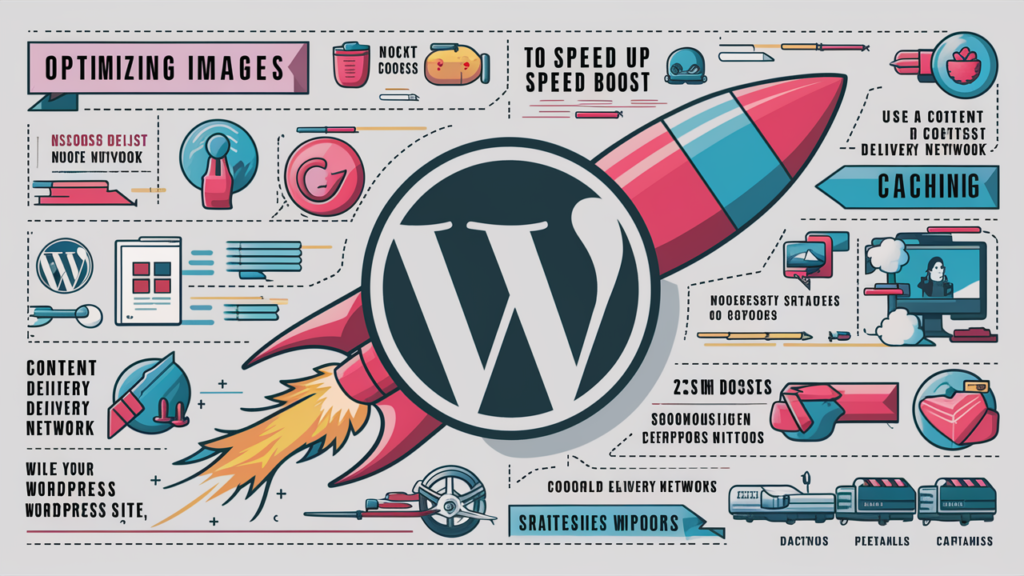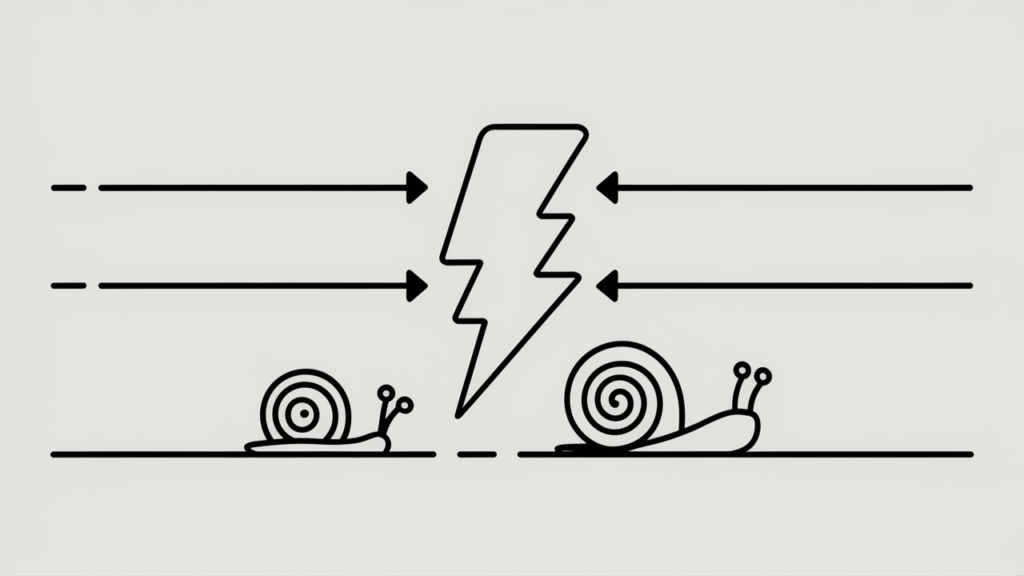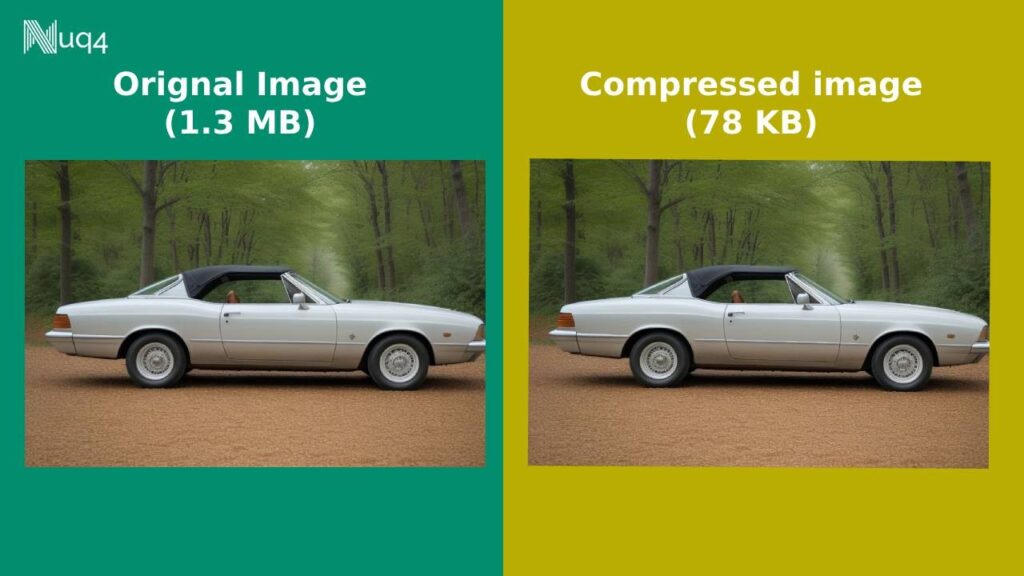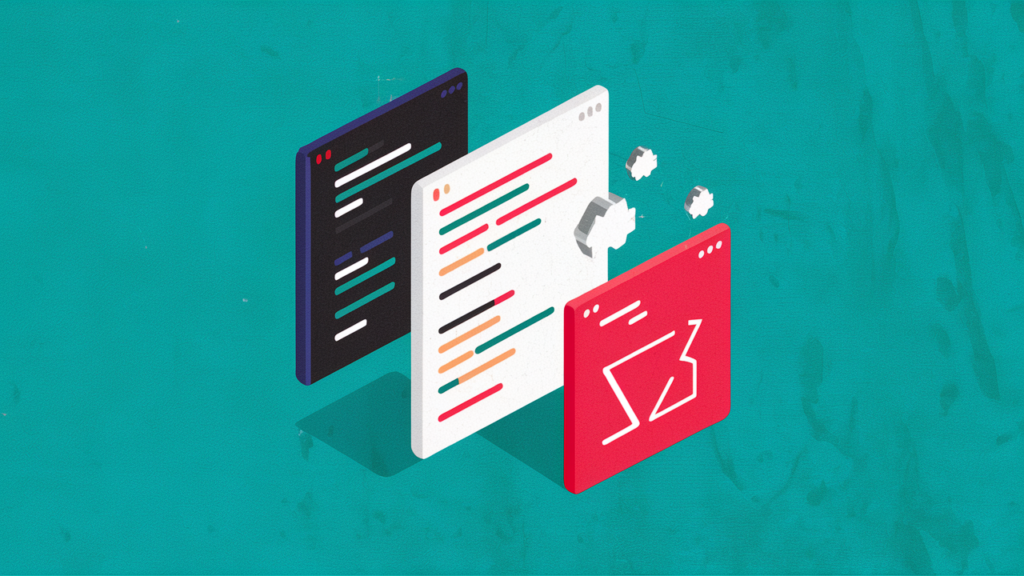In today’s fast-paced digital world, website speed is crucial for success. A slow-loading WordPress site can lead to higher bounce rates, lower user engagement, and poor search engine rankings. Fortunately, there are several quick and effective ways to boost your WordPress site’s performance. In this comprehensive guide, we’ll explore 10 proven methods to speed up your WordPress site, ensuring a smooth and enjoyable user experience for your visitors.

- Choose a High-Performance Hosting Provider
Your hosting provider plays a significant role in your website’s speed. Shared hosting may be cost-effective, but it often leads to slower load times. Consider upgrading to a managed WordPress hosting or VPS (Virtual Private Server) for better performance.

Key points:
- Research reputable hosting providers specializing in WordPress
- Look for features like SSD storage, PHP 7+ support, and built-in caching
- Consider the geographical location of servers for your target audience
- Read user reviews and compare performance metrics
Implementing this change can result in an immediate speed boost, especially if you’re currently on a low-quality shared hosting plan.
- Implement a Caching Solution
Caching is one of the most effective ways to speed up your WordPress site. It creates static versions of your dynamic content, reducing the load on your server and decreasing page load times.

Steps to implement caching:
a) Choose a reliable caching plugin (e.g., W3 Total Cache, WP Rocket, or WP Super Cache)
b) Install and activate the plugin
c) Configure basic settings, including page caching and browser caching
d) Enable advanced features like object caching and database caching if available
Pro tip: Test your site’s performance before and after implementing caching to measure the improvement.
- Optimize Your Images
Large, unoptimized images are often the culprit behind slow-loading WordPress sites. By optimizing your images, you can significantly reduce page load times without compromising on quality.

Image optimization techniques:
- Resize images to the appropriate dimensions before uploading
- Use compression tools to reduce file size (e.g., TinyPNG, ShortPixel)
- Implement lazy loading to defer off-screen images
- Choose the right file format (JPEG for photographs, PNG for graphics with transparency)
Consider using a WordPress plugin like Smush or EWWW Image Optimizer to automate this process for both new and existing images.
- Minify and Combine CSS, JavaScript, and HTML
Minification removes unnecessary characters from your code without changing its functionality, while combining files reduces the number of HTTP requests. Both these techniques can significantly improve your site’s loading speed.

How to minify and combine files:
a) Use a plugin like Autoptimize or WP Rocket
b) Enable CSS and JavaScript minification
c) Combine CSS and JavaScript files where possible
d) Minify HTML if the option is available
Be cautious when combining files, as it may cause conflicts with some themes or plugins. Always test your site thoroughly after making these changes.
- Enable Gzip Compression
Gzip compression can reduce the size of your HTML, CSS, and JavaScript files by up to 70%, leading to faster download times.

Enable Gzip Compression
<IfModule mod_deflate.c> AddOutputFilterByType DEFLATE text/html text/plain text/xml text/css text/javascript application/javascript application/x-javascript</IfModule>
Alternatively, you can use a plugin like WP Rocket or W3 Total Cache to enable Gzip compression without editing files directly.
- Optimize Your Database
Over time, your WordPress database can become bloated with unnecessary data, slowing down your site. Regular database optimization can help maintain performance.

Database optimization steps:
a) Backup your database before making any changes
b) Use a plugin like WP-Optimize or Advanced Database Cleaner
c) Remove post revisions, spam comments, and trashed items
d) Optimize database tables
Schedule regular database cleanups to maintain optimal performance.
- Use a Content Delivery Network (CDN)
A CDN distributes your static content across multiple servers worldwide, reducing the distance between your visitors and your website’s server.

Implementing a CDN:
- Choose a CDN provider (e.g., Cloudflare, StackPath, or Bunny CDN)
- Sign up and configure your account
- Install and set up a CDN integration plugin if required
- Test your site to ensure the CDN is working correctly
CDNs are especially beneficial for websites with a global audience.
- Update WordPress Core, Themes, and Plugins
Keeping your WordPress installation, themes, and plugins up to date is crucial for security and performance. Newer versions often include performance improvements and bug fixes.

Update best practices:
- Enable automatic updates for minor WordPress releases
- Regularly check for and apply updates to themes and plugins
- Always backup your site before updating
- Test your site after updates to ensure compatibility
Remove any unused themes or plugins to reduce potential conflicts and improve security.
- Optimize WordPress Database Queries
Inefficient database queries can significantly slow down your WordPress site. Optimizing these queries can lead to faster page load times.

Query optimization techniques:
- Use a query monitor plugin to identify slow queries
- Implement object caching to reduce database calls
- Optimize your wp-options table
- Consider using a database cleaning plugin to remove unnecessary data
Advanced users can also optimize custom queries in their theme or plugin code.
- Reduce External HTTP Requests
Each external resource your site loads (like fonts, images, or scripts from other websites) requires an HTTP request, which can slow down your site.

Reducing external requests:
- Host fonts locally instead of using external services
- Minimize the use of external scripts and APIs
- Combine and host scripts locally where possible
- Use sprites for small, repeating images
Be mindful of the trade-offs between hosting resources locally and leveraging external CDNs.
Conclusion:
Implementing these 10 quick ways to speed up your WordPress site can lead to significant improvements in your website’s performance. Remember that optimizing your site’s speed is an ongoing process, and it’s essential to regularly monitor and fine-tune your site for the best results.
By focusing on high-performance hosting, effective caching, image optimization, code minification, and other techniques discussed in this guide, you can ensure that your WordPress site delivers a fast, smooth experience to your visitors. This not only improves user satisfaction but also positively impacts your search engine rankings and overall online success.
Start implementing these strategies today, and watch your WordPress site transform into a high-speed, efficient platform that keeps your visitors engaged and coming back for more.

Your perspective adds significant value—thank you!
Comments sent to over 500K valid websites. Just like we reached out to you, want a message like this for your website to increase visitors and backlinks? Offering high-quality backlinks to boost SEO and organic traffic: 1k Organic Traffic Backlinks starting from $10. Customized messages and keywords tailored to your needs. Contact us to boost your site’s performance! If you would like to exclude your website from our database, simply send an email to [email protected].”
Comments sent to over 500K valid websites. Just like we reached out to you, want a message like this for your website to increase visitors and backlinks? Offering high-quality backlinks to boost SEO and organic traffic: 1k Organic Traffic Backlinks starting from $5. Customized messages and keywords tailored to your needs. Contact us to boost your site’s performance! If you would like to exclude your website from our database, simply send an email to [email protected].”
Outstanding effort! Custom Song That Tells Your Story